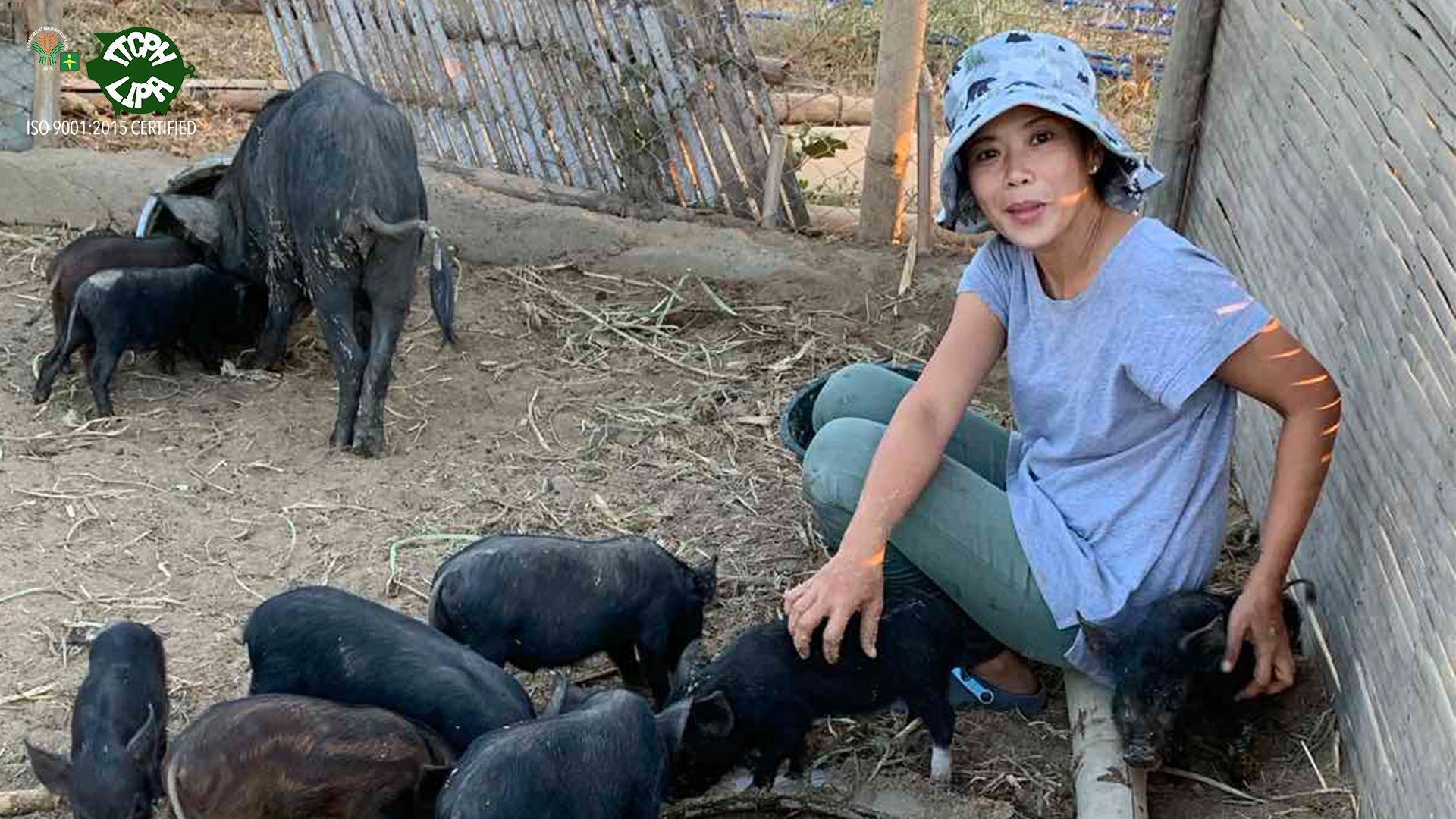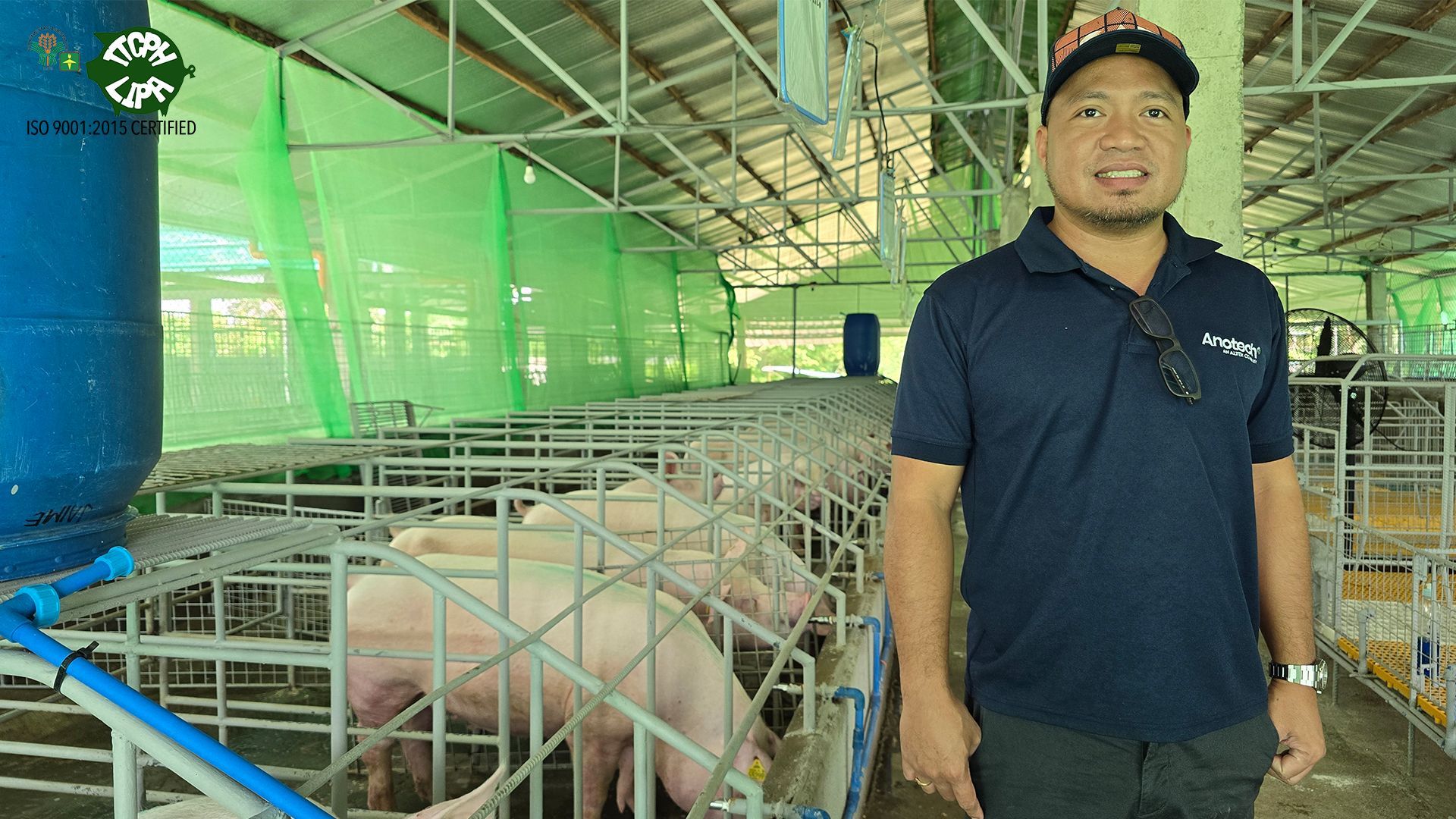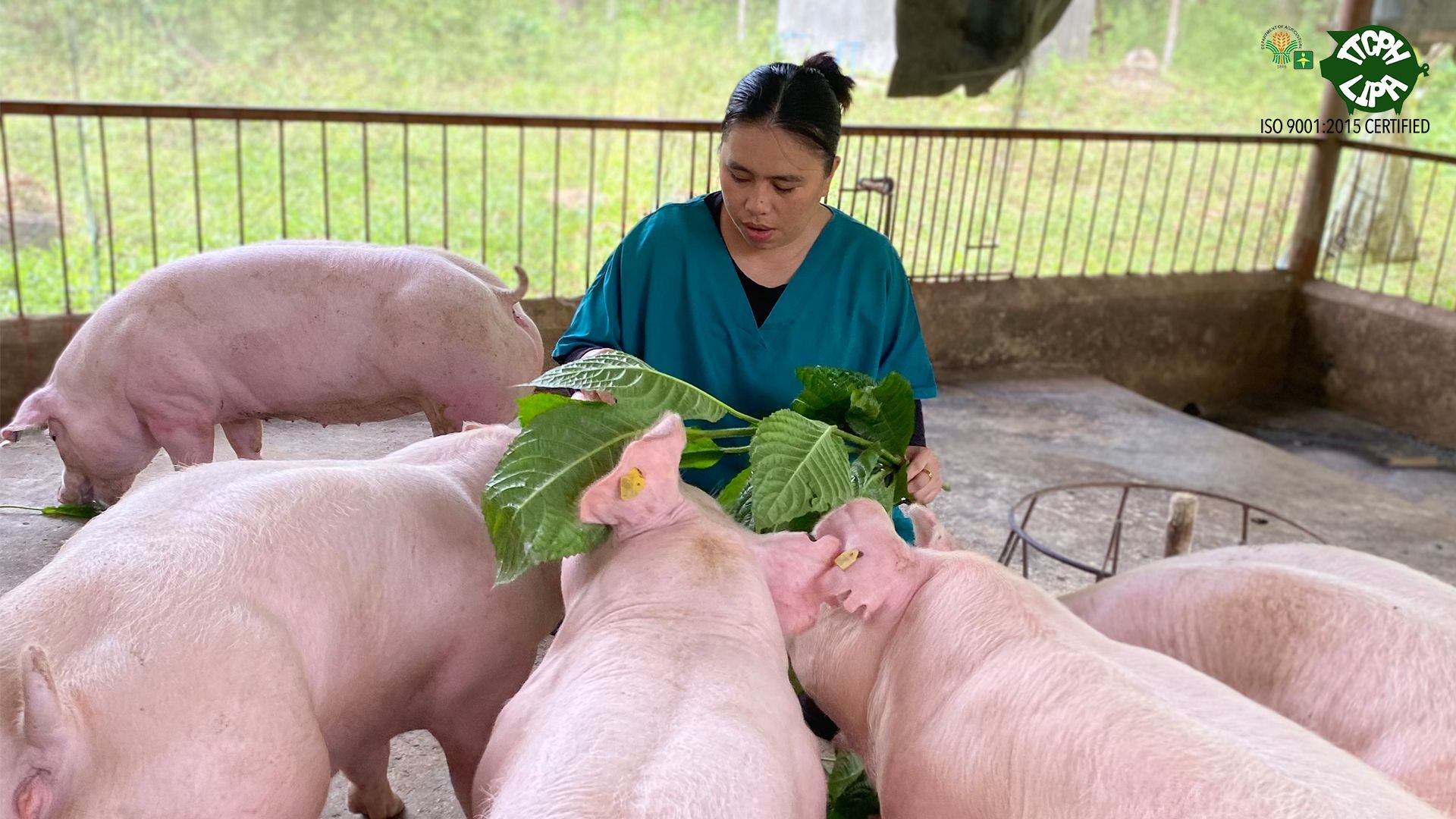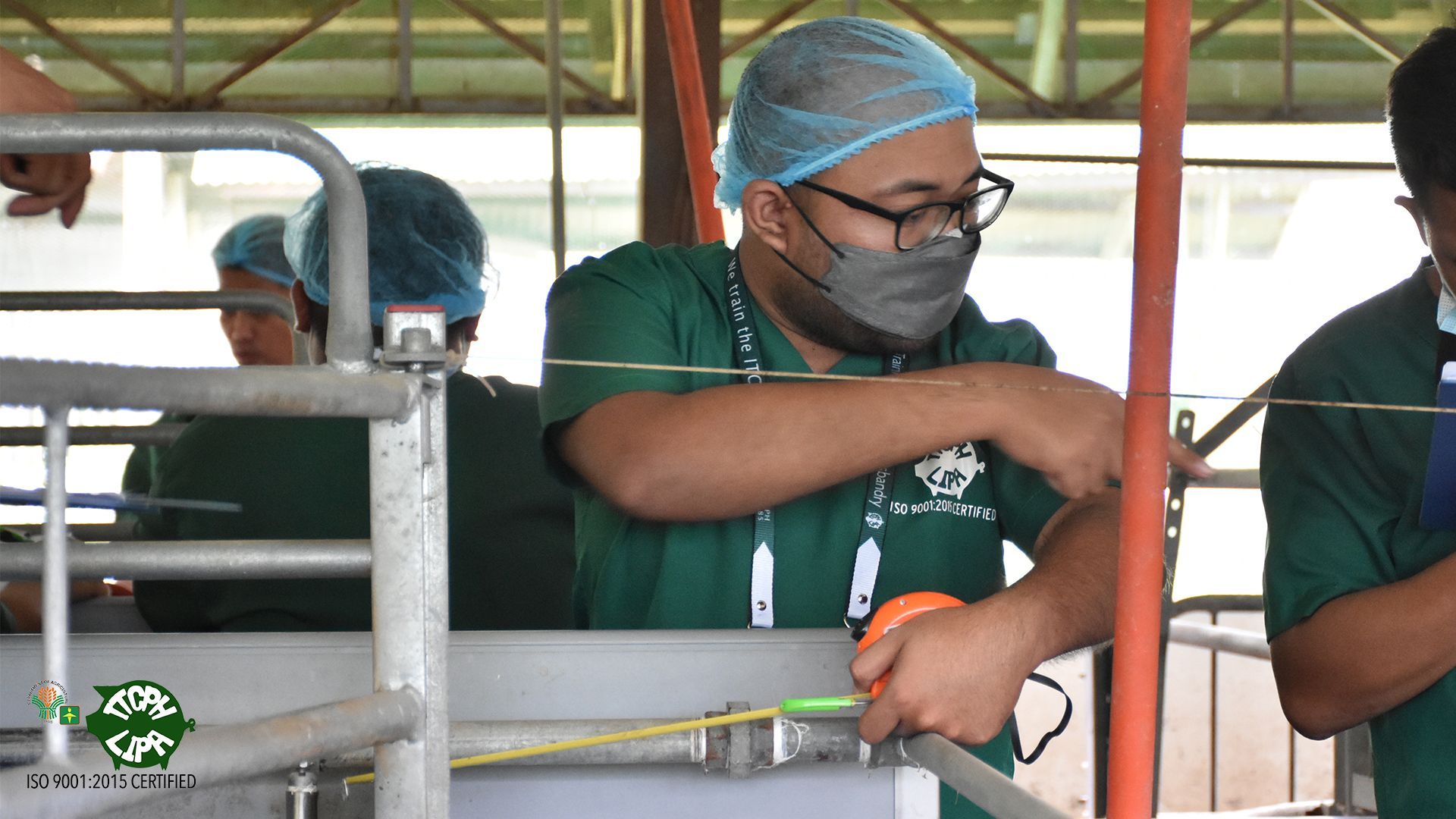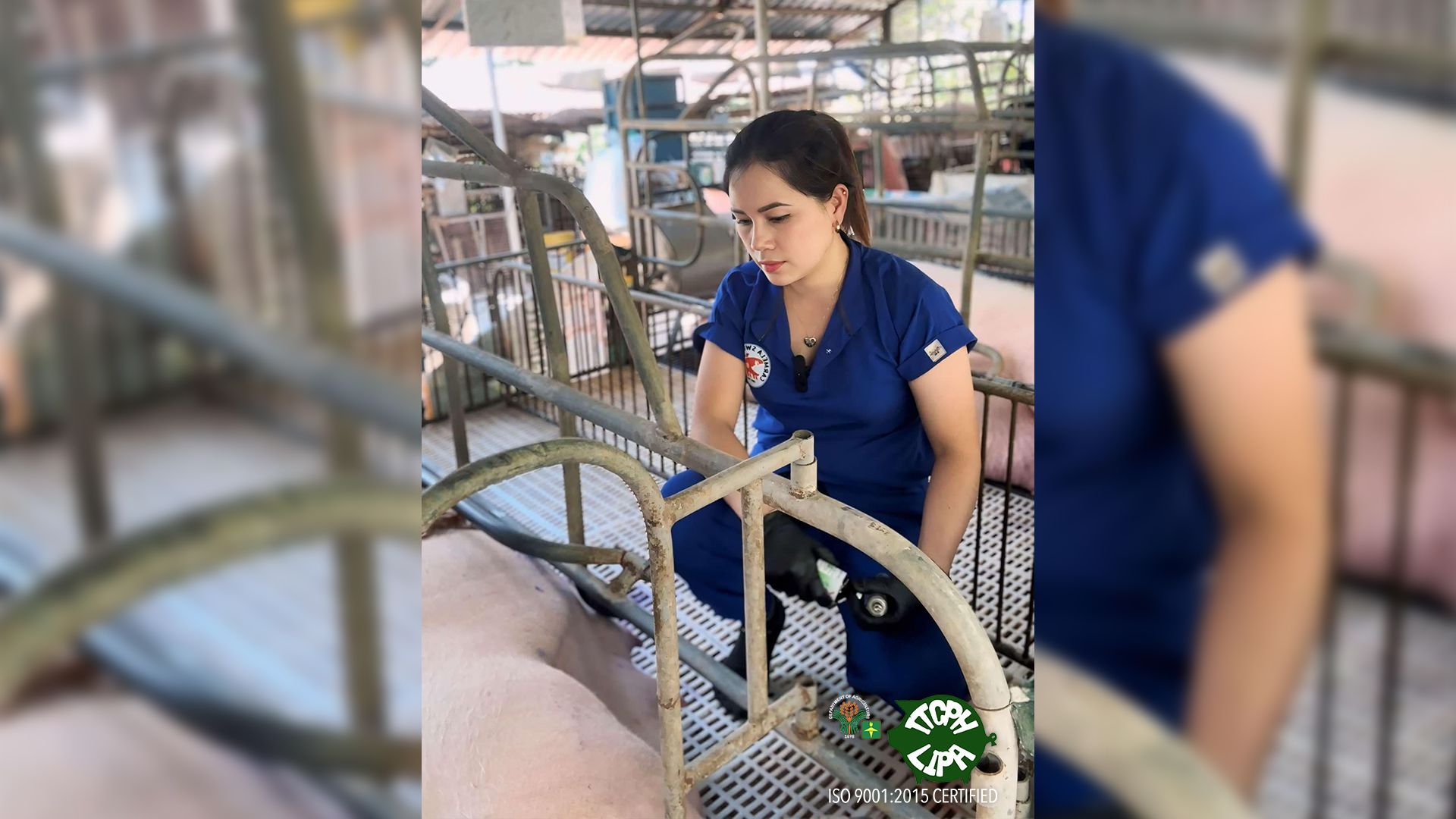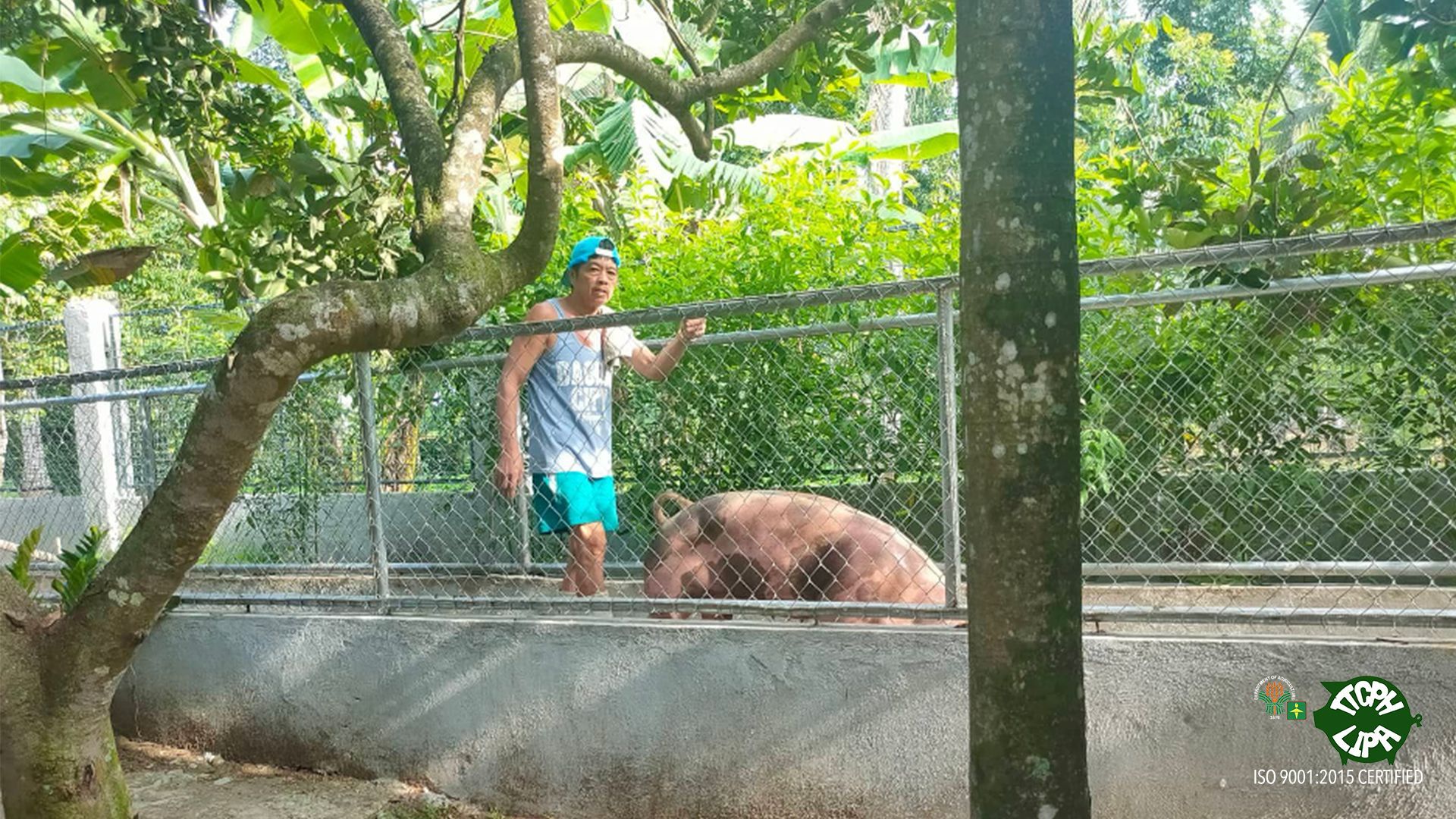IT GOAT EXHILARATINGLY EXCITING: An American Taste of Goat’s Breeding, Genetics and Nutrition
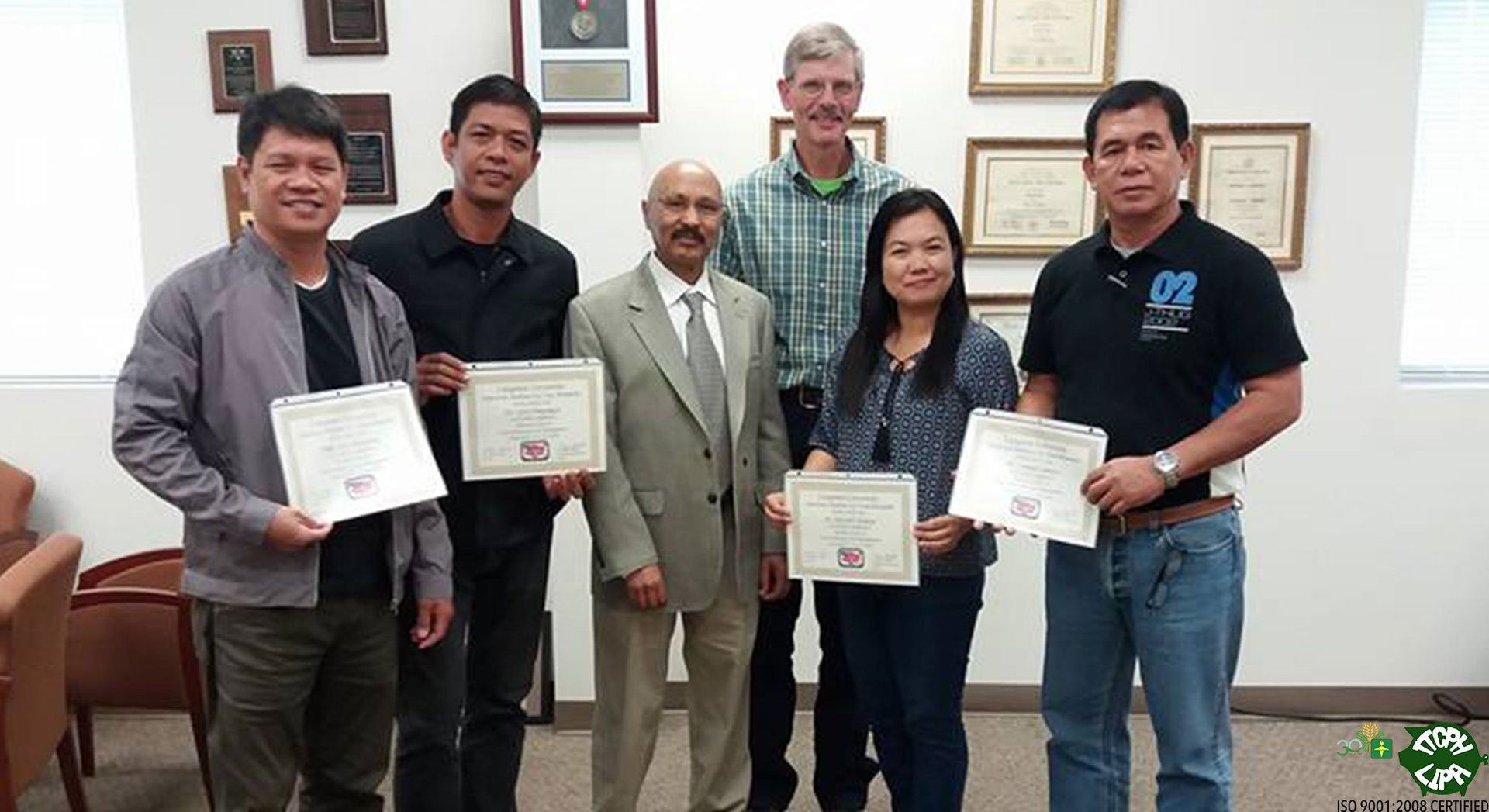
If you want to go fast, go alone. If you want to go far, go together.
Research and extension are two crucial factors in any manners of production. Most often than not, successful research and extension initiatives primarily define production peaks. Without these two, production may be at lost or may remain still. Without movement, there will be no developments. Without movement, human race is at risk. These topped all realizations in the 9-day stay at the foreign land.
Annually, the Agricultural Training Institute (ATI) through the strenuous efforts and steadfastness of the International Training Center on Pig Husbandry (ITCPH) sends its highly-recommended and competent technical staff from among various Regional Centers to international trainings and exposures to global best practices. With the privilege and a great task bestowed upon them, Dr. Dyesebel D. Andaya (ATI-ITCPH), Engr. Joey Belarmino (ATI-RTC 5), Dr. Jerry Pagarigan (ATI-RTC 12) and Mr. Samuel Calonso (ATI-RTC 10) flew to Langston University, Oklahoma, USA on April 17-24, aiming to bring home the most and current technologies and updates on goat production and beyond. So, what are their thoughts about this? Precisely, eye-opening, wowing, interesting and definitely exciting, they bubbly said.
The Ingredients of Their Production Feat…
Exact ingredients make the course meal even more palatable.
After the orientation tour at AIGR’s farm and facilities, the group settled down for series of lectures emphasizing goat’s reproductive management, Artificial Insemination (AI), genetic improvement through animal selection and breeding strategies (Dr. Terry Gipson), herd health procedures and diseases (Dr. Lionel Dawson) and nutrition and internal parasites (Dr. Steve Hart). There, they held hands with AIGR’s Director Dr. Tilahun Sahlu and the University’s School of Agriculture and Applied Sciences Dean, Dr. Marvin Burns. Beyond all theories and concepts, these experts exponentially revealed their secret ingredients; the technologies and practices that gemmed-out from their extreme and collaborative research efforts and extension works. In fact, the University’s extension program is highly noted as the bridge, thoroughly communicating relevant research outputs to producers and practical results to researchers in a relatively useful, innovative and sophisticated system, thus allowing a mutual transfer of technology from paper to application. Above all, the exposure further spiced up by the introduction of latest and most efficient strategies and techniques on AI, genetic improvement, health and disease diagnostic. Indeed, the group had so much alternatives on their plate, which made them definitely full!
Their way of eating…
Learn, practice, adapt then share! This is how the University takes the produce of their extensive research and extension labor. For them, boosting others to follow exact same technologies and techniques calls for a responsible conformance. Synonymously, for others to follow, one must learn to appreciate his first. They fully embraced and trusted that fruitions of their research and extension programs would execute and it did at their finite advantage. Sharing the best of their technological wonders in goat production is always on top of their priorities. Said this, all their experts eagerly and enthusiastically demonstrated through practical classes their utmost strategies and techniques which hereby boosted production of their goat industry. Under Dr. Dawson’s supervision, the group performed epidydimectomy and milking procedures and tried the MAS-D-TEC apparatus for early mastitis detection. Dr. Steve Hart, on the other hand, allowed the group to do semen collection through an Artificial Vagina (AV), analyse supplements goats needed using Interactive Nutrient Calculator and expose to the use of FAMACHA for classification of animals based on different levels of anemia. Dr. Eric Loetz had his way of his own. He required the group to carry-out AI procedures using their state-of-the-art facilities and apparatuses.
True enough that thorough understanding of the ingredients make the food relatively more enticing but the taste is defined by how it is eaten. One can’t pronounce that food is perfect, unless he tastes it. Likely, one can’t conclude that a technology is effective and efficient, unless he applies it.
“I am very much thankful sa ATI-ITCPH for the opportunity to be trained and mingled with these geniuses. I have learned a lot from this exposure, gained new acquaintances and boosted my confidence as a Veterinarian. My excitement never run out sa buong training. Now, I am just really excited na bumalik ng ‘Pinas and share all that I got to those who needed it most.”
, Dr. Andaya optimistically stated.
Goat production has been most Filipino farmers’ bread and butter. The government per se is eagerly supporting all ventures so related, hoping that it would contribute to the country’s economic sustainability. And these exposures, in fact, play vital part in our quest for the perfect ingredients that would represent our own authentic taste of goat’s breeding, genetics and nutrition. By now, we work together, go far together until such time that we can say all together, “It looks good and tastes just so perfect.”
.
